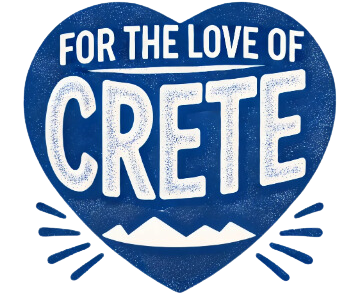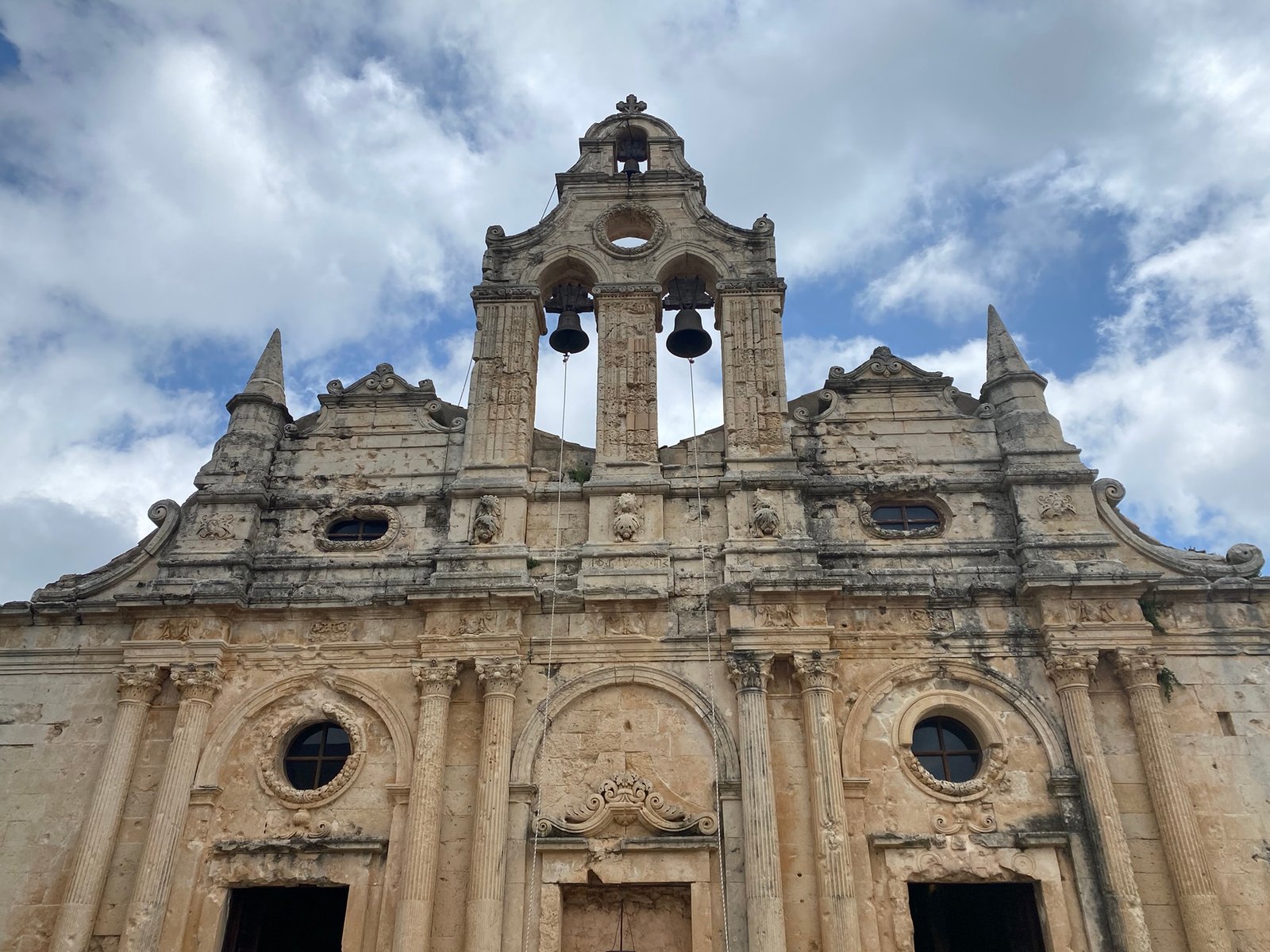Perched majestically on a fertile plateau in central Crete, Arkadi Monastery isn’t just another ancient Greek religious site—it’s a powerful symbol of courage that changed the course of history. When you walk through its Renaissance-inspired entrance, you’re stepping into a place where nearly 1,000 Cretans made the ultimate sacrifice for freedom in 1866. Surrounded by 15,000 Ottoman troops, these brave souls chose to ignite the monastery’s gunpowder store rather than surrender. This dramatic act shocked Europe and became the catalyst that eventually helped Crete win its independence.
During my multiple visits, standing in the sunlit courtyard where so much history unfolded, I couldn’t help but feel a profound connection to the ordinary people who did something extraordinary within these sacred walls. Whether you’re a history buff, spiritual seeker, or cultural explorer, these 9 fascinating facts will reveal why Arkadi Monastery deserves a prime spot on your Cretan itinerary – and I’ll even share details about the best guided tours from both Rethymno and Chania to make your visit as enriching as possible.
1. The Oldest Surviving Record of the Monastery Dates Back to 14th Century
The story of Arkadi Monastery begins in the misty depths of medieval Crete, though its exact origins remain tantalizingly mysterious. The oldest confirmed reference to this sacred site appears in a 14th-century inscription mentioning a church dedicated to Saint Constantine. Like many pieces of Cretan history, the monastery’s beginnings blend historical fact with compelling legend.
Who actually founded Arkadi Monastery? The debate continues to intrigue historians:
- Some evidence points to Byzantine origins between the 5th and 7th centuries, possibly established by Emperor Arcadius himself
- Others believe—following Cretan tradition where monasteries typically bear their founder’s name—that a monk named Arkadios first established this spiritual haven
- Local legends even suggest connections to an ancient city called Arcadia, though archaeological findings have cast doubt on this theory
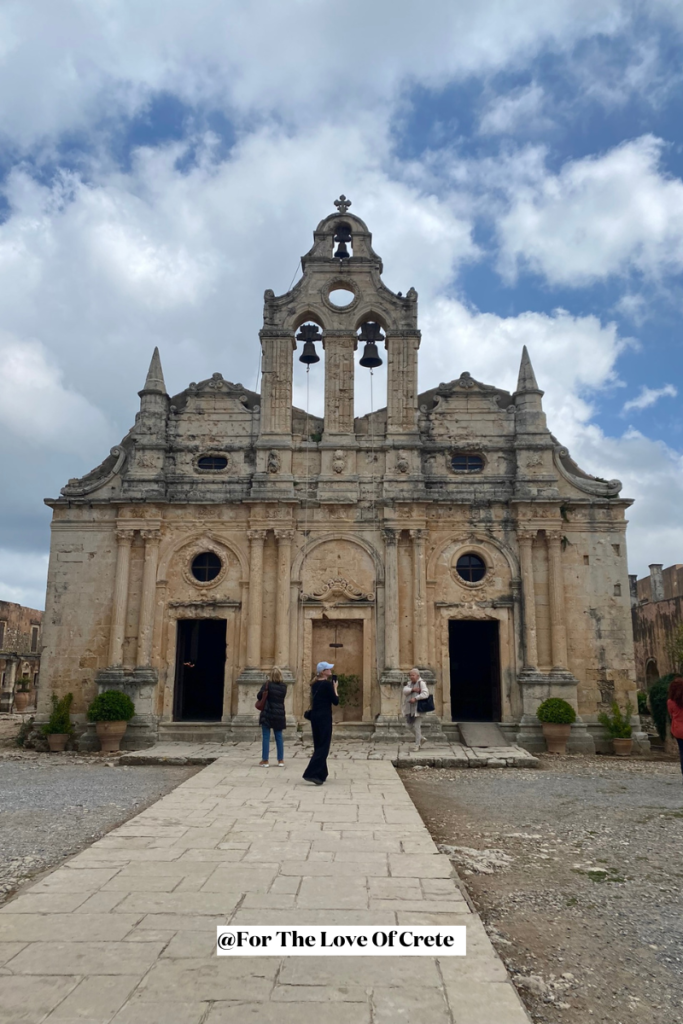
The Arkadi Monastery you’ll visit today largely dates from the 16th century, when it underwent significant reconstruction during Venetian rule. Its magnificent double-aisled church, completed in 1587, showcases a beautiful blend of Renaissance and Baroque influences that distinguish it from other Cretan monasteries. When I walked through these halls during my visits, I was struck by how the architectural details tell their own story of cultural exchange between Venice and Crete.
The monastery’s strategic location wasn’t chosen by accident. Perched on a fertile plateau 500 meters above sea level near Rethymno, the drive to Arkadi Monastery takes you through winding mountain roads that reveal breathtaking Cretan landscapes. I always look forward to this scenic journey during my visits, where each turn unveils another stunning vista of olive groves and distant mountains—it’s almost a spiritual experience before you even reach the monastery gates.
This elevated position offered:
- The spiritual seclusion monks sought for contemplation and prayer
- Natural defensive advantages that would later prove crucial during times of conflict
- Access to fertile land that helped sustain the monastic community

2. The Explosion Heard Around the World: Arkadi’s Symbol of Resistance
Deep within the stone walls of Arkadi Monastery lies a story of extraordinary courage that transformed this peaceful religious site into Crete’s most powerful emblem of freedom. In November 1866, it became a crucial refuge for 943 Greeks—including armed defenders, monks, and hundreds of women and children fleeing Ottoman forces.
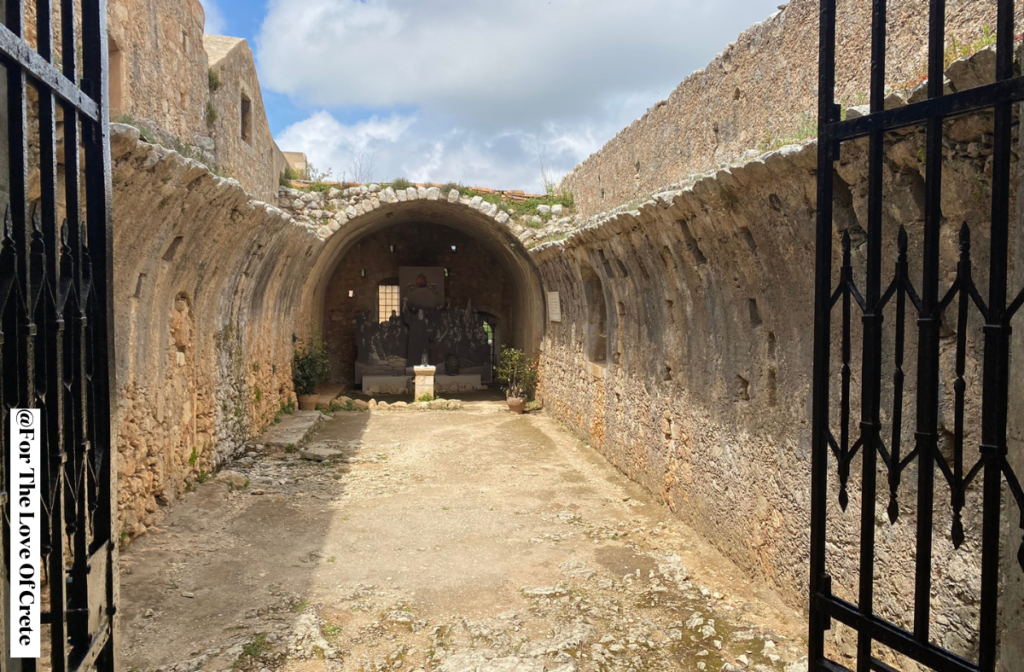
The siege began on November 8, when an overwhelming Ottoman force of 15,000 soldiers led by Mustafa Nailis Pasha surrounded the monastery with 30 cannons. Despite impossible odds, the Cretan defenders:
- Inflicted heavy casualties on the attackers
- Held their ground for two full days of intense fighting
- Protected the women and children sheltering inside the monastery walls
When Turkish troops finally breached the gates using heavy artillery on November 9, the defenders faced an impossible choice. Rather than surrender to certain enslavement or worse, Konstantinos Giampoudakis made the ultimate sacrifice. Inside a storeroom repurposed as a gunpowder magazine, he ignited barrels of explosives, creating a devastating blast reportedly heard as far as Rethymno, over 20 kilometers away. The explosion killed hundreds of Cretans along with over 1,500 Ottoman soldiers.
This act of self-sacrifice—known as the “Holocaust of Arkadi”—sent shockwaves across Europe:
- Victor Hugo compared it to ancient Spartan resistance
- Volunteers from Italy, Hungary, and Serbia joined the rebellion
- Financial aid poured in from Russia and the United States
- Western powers began pressuring the Ottoman Empire for reforms
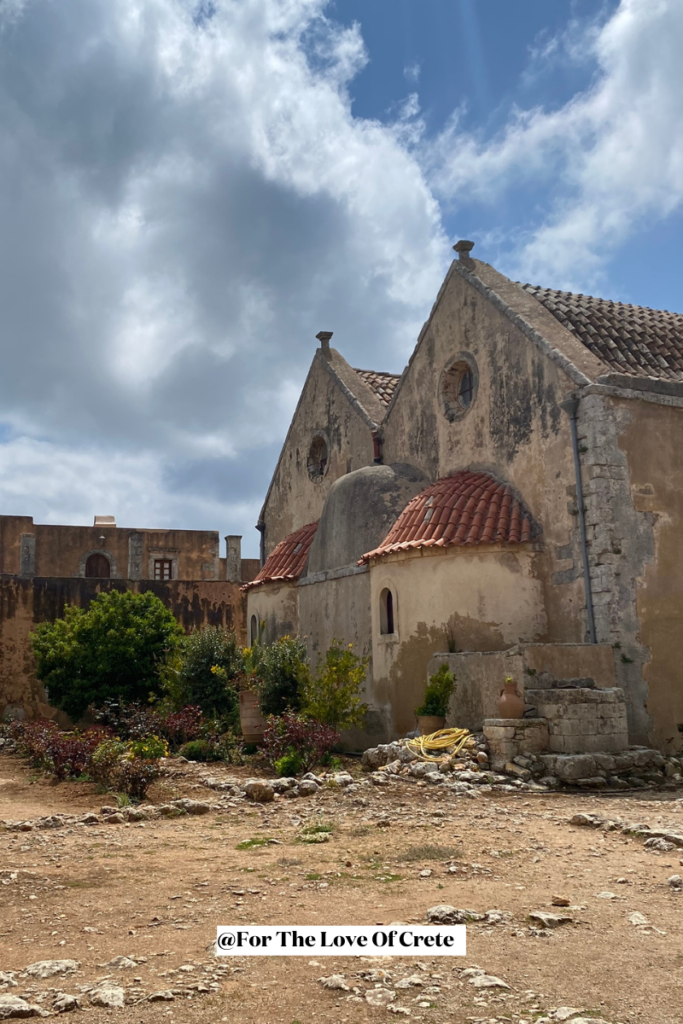
During my visits to the monastery, I often pause at the explosion site memorial—it’s impossible not to feel moved standing where Cretans chose freedom at such extraordinary cost—their own lives.
Though Crete remained under Ottoman control for several more decades, this event set in motion crucial international pressure. Without it, Crete might have faced a divided fate similar to Cyprus, rather than achieving unification with Greece in 1913. Today, Arkadi Monastery hosts annual commemorations each November 8th. Its museum displays precious relics that survived—Byzantine icons, gold-embroidered vestments, and artifacts that tell the dual story of Arkadi as both cultural treasure and freedom symbol. When you visit, you’re not just seeing beautiful architecture; you’re connecting with the very soul of Cretan resilience.
3. The Monastery Was a Hub for Education and Culture
Long before Arkadi Monastery became famous for its role in Crete’s independence struggle, it flourished as a brilliant center of learning and artistic achievement. During times when Greek culture faced suppression under Ottoman rule, the monastery’s walls sheltered crucial educational and creative activities that helped preserve Cretan identity.
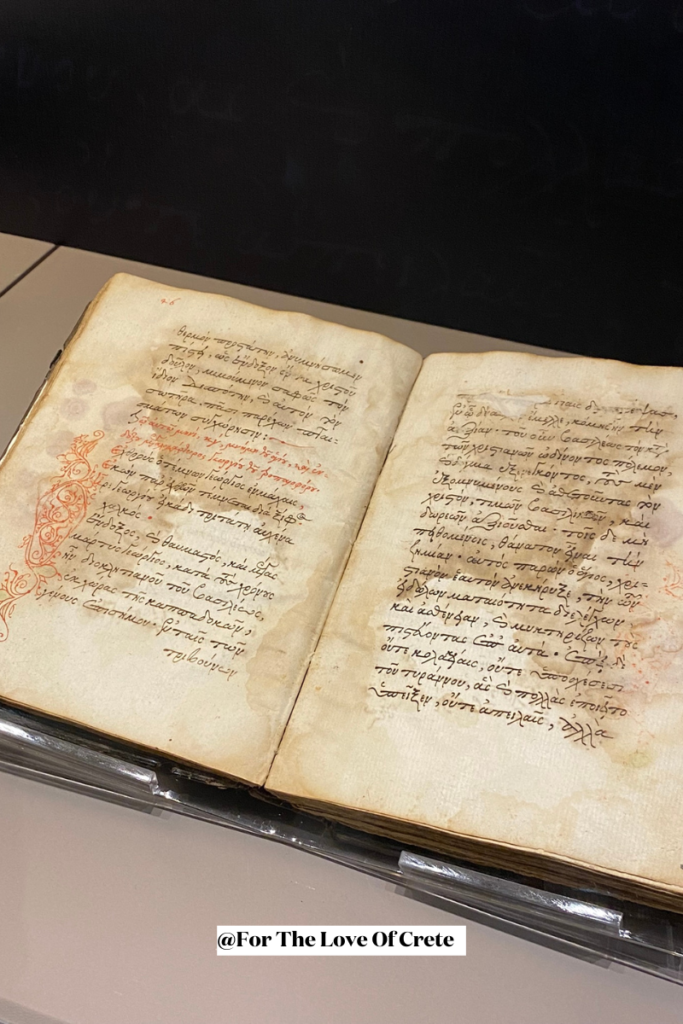
At the heart of Arkadi’s intellectual life stood its remarkable scriptorium, where dedicated monks spent countless hours copying manuscripts by hand. Their painstaking work ensured the survival of precious Greek literature, religious texts, and Orthodox traditions that might otherwise have been lost. These skilled scribes weren’t just preserving books—they were protecting the very foundations of their cultural heritage for future generations.
The monastery’s commitment to knowledge extended far beyond manuscript preservation:
- Its extensive library housed rare and valuable texts that attracted scholars from across Crete
- Monks conducted classes for local children, teaching Greek language, history, and religion
- The monastery functioned as a safe haven where Orthodox traditions could be passed down despite Ottoman restrictions
Arkadi’s reputation for excellence wasn’t limited to scholarly pursuits. During the 17th and 18th centuries, the monastery gained international acclaim for its gold embroidery workshops. The exquisite vestments and fabrics created here, adorned with intricate patterns in gold and silver thread, were so highly regarded that they were exported to churches and monasteries throughout the Orthodox world.
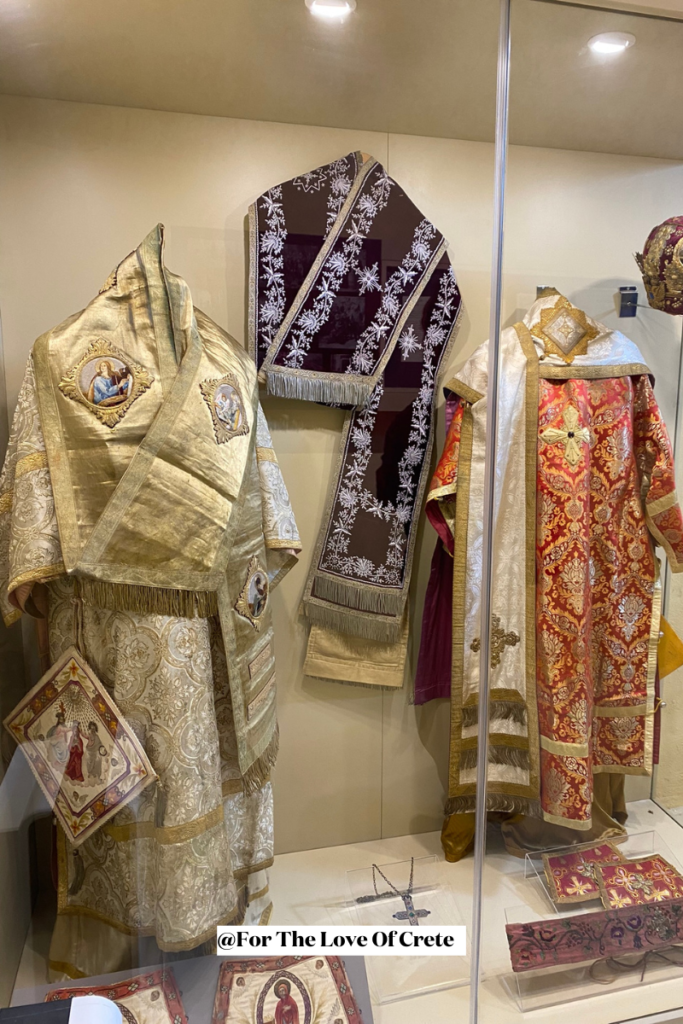
Walking through the monastery’s museum during my visits, I’ve often found myself mesmerized by these gleaming treasures. One particular piece—a 17th-century epitaphios (liturgical cloth) with gold-thread depictions of biblical scenes—showcases the remarkable skill of Arkadi’s artisans. The level of detail achieved with such primitive tools is nothing short of astonishing.
These creative workshops did more than produce beautiful objects; they provided crucial economic support for the monastery’s educational mission. The income generated from selling these crafts helped fund the monastery’s operations and its role as a cultural guardian during challenging times.
4. The Bullet-Riddled Door Still Stands as a Haunting Reminder
Among the most powerful artifacts at Arkadi Monastery is a seemingly humble wooden door that tells an extraordinary story. This battle-scarred entrance, now carefully preserved within the monastery, absorbed the full fury of Ottoman forces during their relentless assault in 1866.
When you stand before this weathered door, you’re looking at more than just damaged wood—you’re witnessing a physical record of courage. Every bullet hole and splinter represents a moment in the desperate defense mounted by the Cretans who barricaded themselves behind it. As I look at these marks, I cannot help but imagine the chaos and determination that filled those final hours.
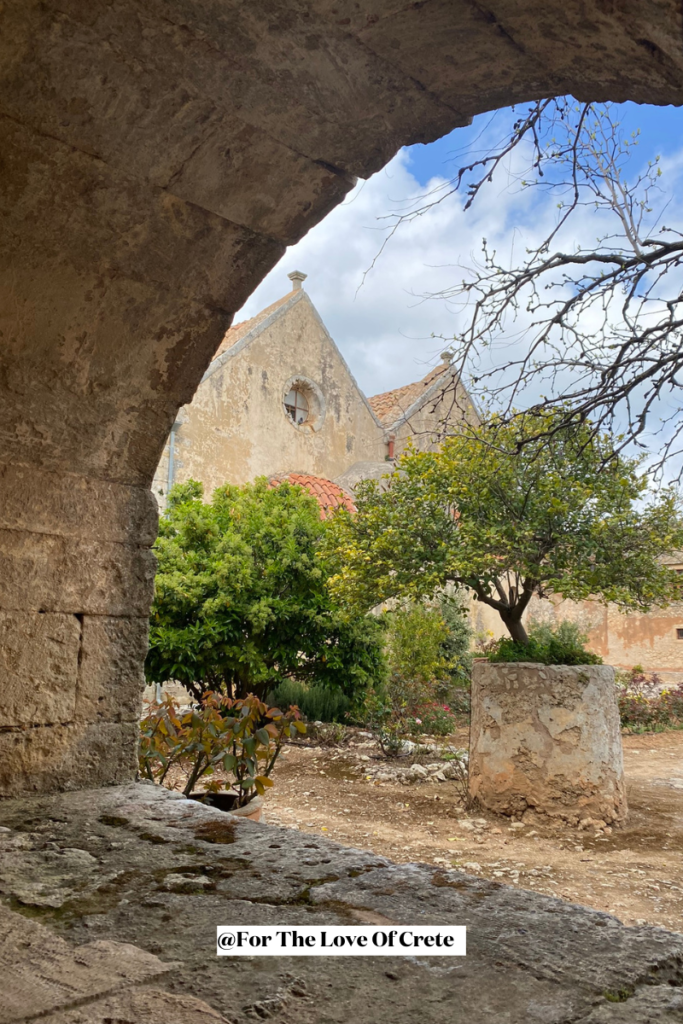
The door’s condition reveals the progression of the battle:
- Initial damage shows where Turkish rifles peppered the entrance
- Larger holes mark where artillery eventually targeted the doorway
- Splintered sections document the final breach that allowed enemy forces to storm inside
This wasn’t just any entrance—it was the monastery’s western gate, the primary target of Ottoman forces seeking access to the compound. When they finally broke through on November 9 using heavy artillery, fierce hand-to-hand combat erupted in the monastery’s refectory and powder room. Many defenders had already exhausted their ammunition and fought with whatever they could find—bayonets, farming tools, even kitchen implements.
What makes this door particularly moving is how it connects visitors directly to history. Unlike written accounts or paintings, this artifact was physically present during those dramatic events. It stood as the last barrier between the refugees inside and the overwhelming forces outside. As I stand next to this door, I can’t help feeling a profound connection to those who made their final stand here with extraordinary courage in defense of their freedom.
5. It’s Home to a 500-Year-Old Cretan Cypress Tree
Standing silently in Arkadi Monastery’s courtyard is a remarkable natural monument that has witnessed centuries of Cretan history. The 500-year-old cypress tree bears physical evidence of its most dramatic chapter.
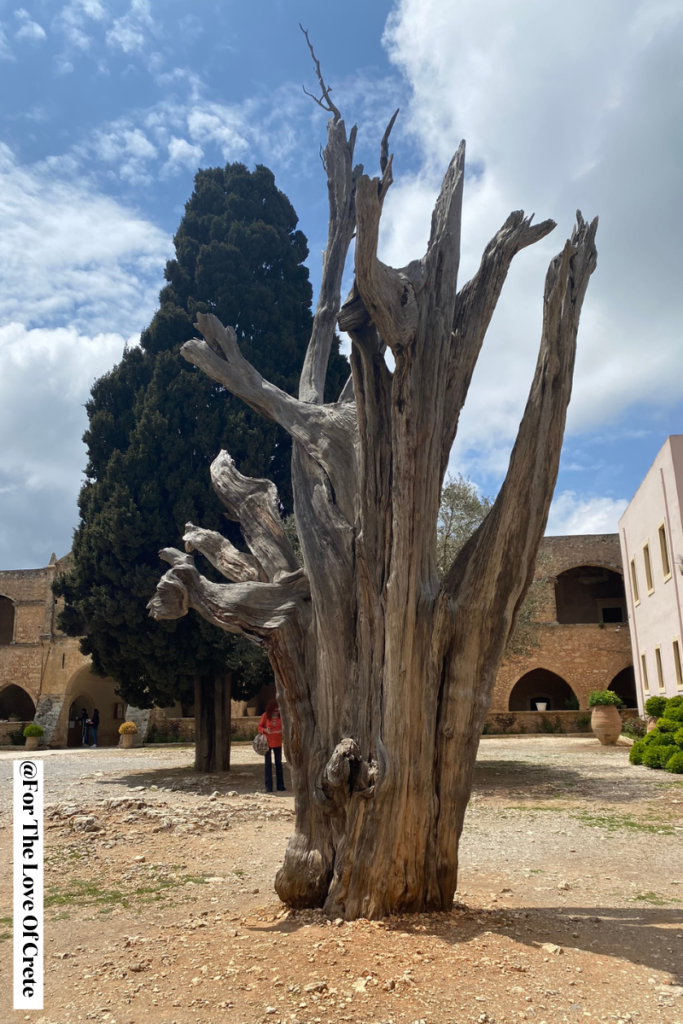
What makes this ancient tree especially significant are the bullet marks still visible in its trunk—scars from the Ottoman assault during the 1866 siege. During my visits to Arkadi, I’ve been struck by how this single tree provides such a tangible link to history. It’s sobering to think this same tree stood witness as the events of that fateful November unfolded around it.
Though no longer living, the cypress has been carefully preserved in place:
- Its weathered trunk shows where Ottoman bullets struck during the fierce battle
- The tree’s position in the courtyard places it at the center of where much of the fighting occurred
- Its preservation ensures future generations can connect with this physical piece of history
In a way, the ancient cypress continues to tell Arkadi’s story without speaking a word.

6. It’s Officially Recognized by UNESCO
Arkadi Monastery’s historical significance extends far beyond Crete’s shores, earning it prestigious recognition from UNESCO as a European Freedom Monument. This international designation acknowledges the site’s profound contribution to universal values of liberty and self-determination.
UNESCO’s recognition honors the monastery for several key reasons:
- Its pivotal role during the 1866 Cretan Revolt as both refuge and resistance symbol
- The global impact of the defenders’ sacrifice, which inspired support for Crete’s freedom
- Its continued importance as a site where visitors connect with themes of human courage
This international acknowledgment has helped preserve not just the physical site but the powerful ideals it represents. The designation supports conservation efforts and helps educate international visitors about this remarkable chapter of history. For Cretans, this recognition validates what they’ve always known—that the sacrifice at Arkadi transcended local politics to become a universal story of human courage.
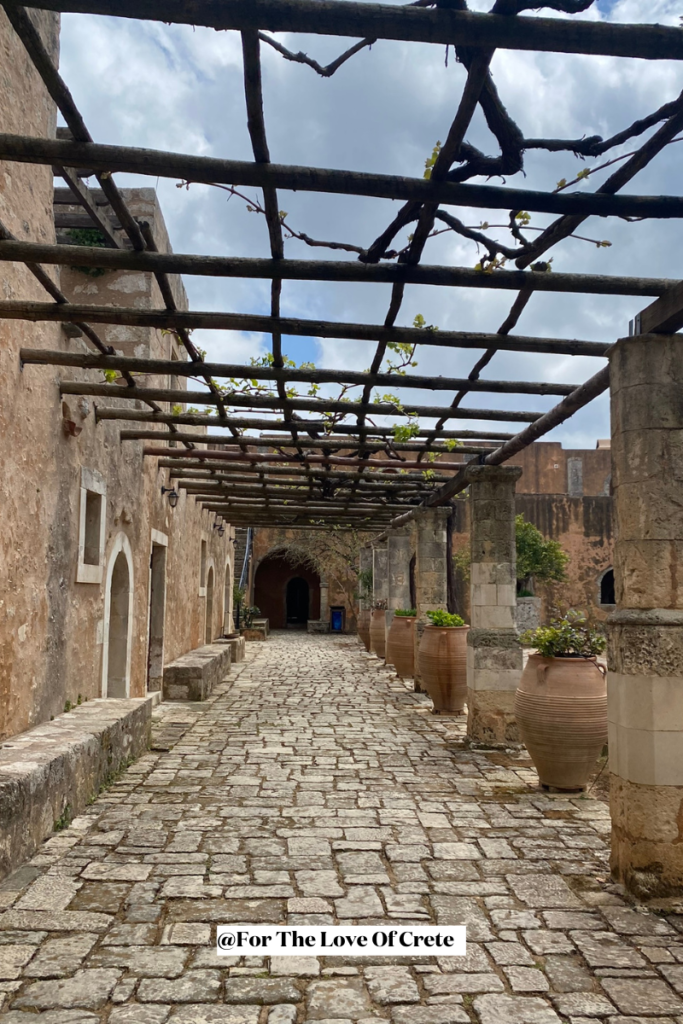
7. It Has an Unusual Architectural Blend
The stunning architecture of Arkadi Monastery tells its own fascinating story of cultural fusion. One look at the building reveals how Crete’s position at the crossroads of civilizations created a unique architectural blend that you won’t find anywhere else.
The monastery’s most distinctive feature is its magnificent church (catholicon), completed in 1587 during Venetian rule. When you approach the building, you’ll immediately notice its:
- Impressive Renaissance façade with elegant Corinthian columns
- Perfectly symmetrical design elements inspired by Italian masters
- Graceful curved arches that reflect Western European aesthetics
This Western-influenced exterior contrasts beautifully with the monastery’s Byzantine elements. The dual-nave design is particularly special, with the northern nave dedicated to Christ’s Transfiguration and the southern to Saints Constantine and Helen. I’ve often thought about how this architectural blend perfectly mirrors Crete’s own history—simultaneously European and Eastern, continuously adapting while maintaining its core identity.
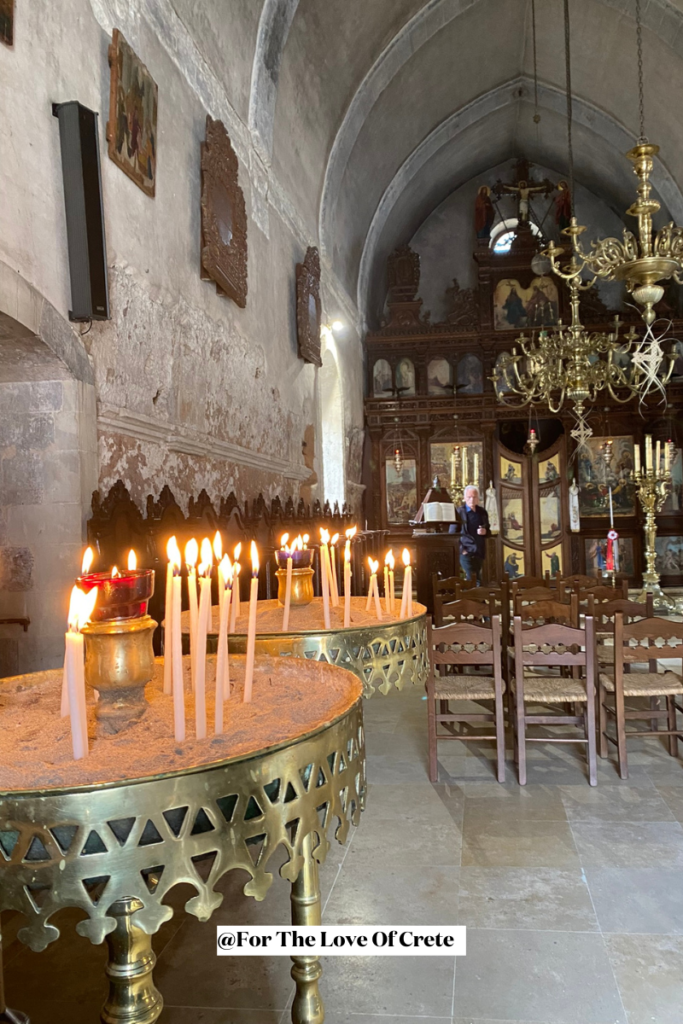
Despite suffering significant damage during the 1866 siege, careful restoration work has preserved much of the monastery’s architectural glory. Walking through Arkadi today, you can appreciate how these skillfully restored structures embody Crete’s remarkable resilience—absorbing influences from Venetian, Byzantine, and Ottoman cultures while maintaining a character that remains distinctly Cretan.
Let me add some bullet points to break up the text and improve readability:
8. The Skull Room: A Chilling Tribute to the Fallen
Perhaps the most moving space within Arkadi Monastery is its solemn ossuary, known simply as the “Skull Room.” This octagonal chamber houses the remains of 846 Cretans who perished during the 1866 siege, creating a powerful and intimate connection with the human cost of freedom.
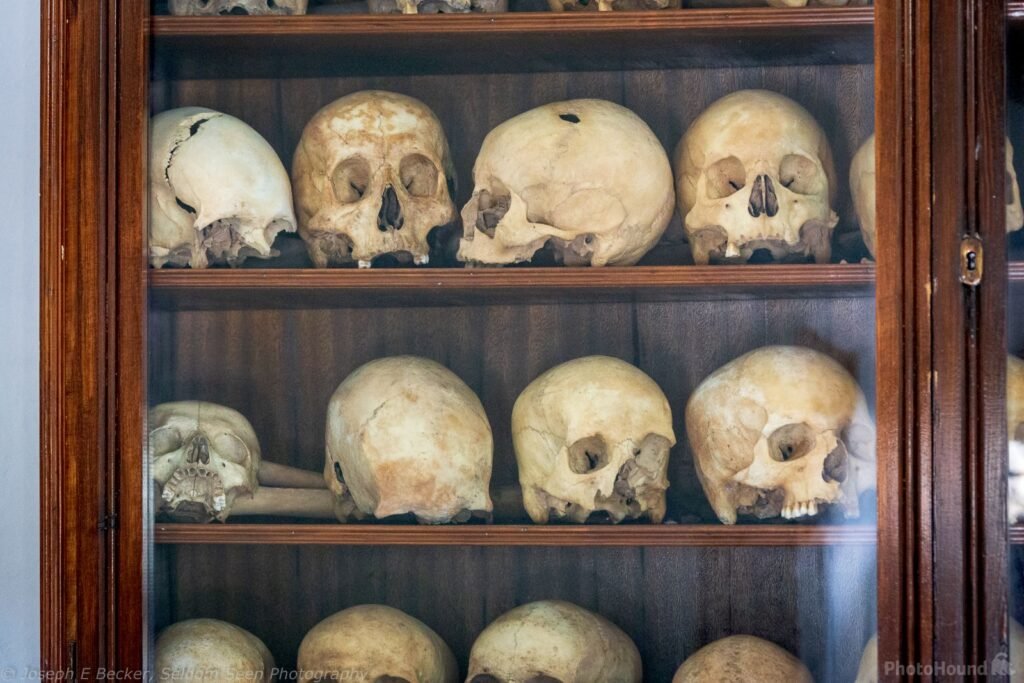
What makes this memorial particularly poignant:
- Many skulls bear visible battle wounds — bullet holes and sword cuts that silently testify to their final moments
- These aren’t anonymous historical figures but real individuals whose sacrifice is preserved in bone and memory
- The direct connection to history creates an emotional impact that written accounts alone cannot convey
The building itself has its own remarkable story. Originally a windmill standing outside the monastery walls, it was repurposed after the siege to honor the fallen defenders. In 1910, Bishop Dionyssios of Rethymno had it transformed into its current octagonal shape as a permanent memorial.
Inside, a powerful inscription captures the spirit of those who died here: “Nothing is more noble or glorious than dying for one’s country.“ This sentiment, though perhaps difficult for modern visitors to fully comprehend, helps us understand the mindset of people who made the ultimate choice rather than face capture.
9. It’s One of the Most Visited Monasteries in Crete
Despite its remote-feeling location, Arkadi Monastery has become one of Crete’s most popular historical sites, drawing thousands of visitors annually from across the globe. Just 23 kilometers southeast of Rethymno, this sacred place offers far more than just a quick photo opportunity—it provides a deeply moving encounter with Cretan history and spirituality.
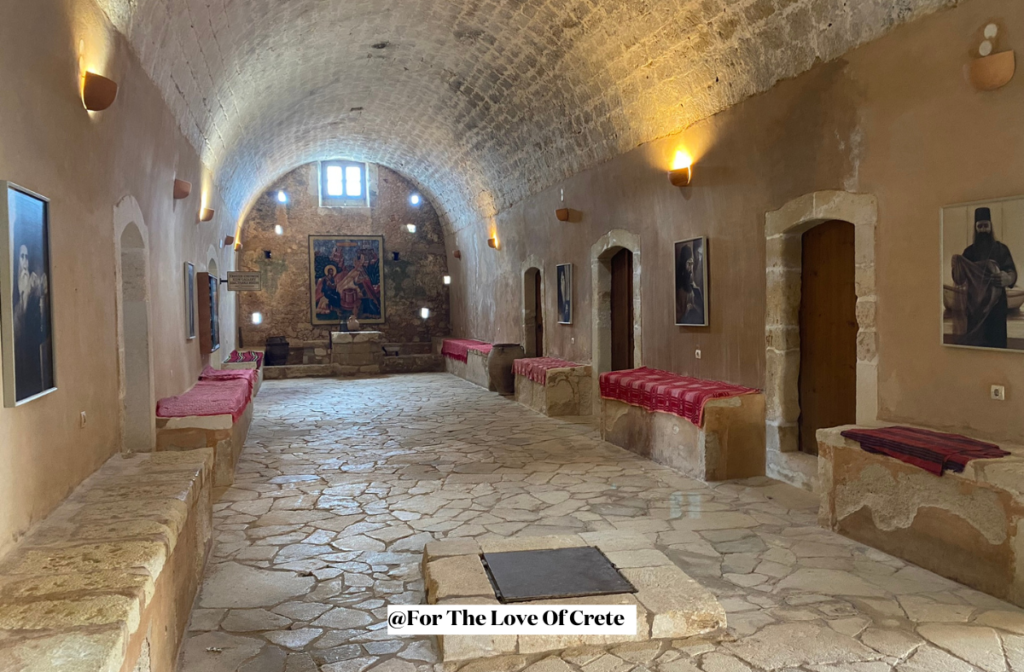
What makes Arkadi Monastery particularly special as a visitor destination:
- It remains an active religious site with daily liturgical services, not just a museum
- The annual November 8th commemorations transform it into a vibrant pilgrimage center
- Its extensive grounds allow exploration of the church, museum, refectory, and the historic gunpowder room
The monastery appeals to different types of travelers. History enthusiasts spend hours examining artifacts and battle sites, while spiritual seekers find peaceful corners for reflection. Photographers capture the stunning blend of architecture against the backdrop of olive groves and the Arkadi Gorge.
The monastery’s excellent preservation owes much to tourism itself. Entrance fees help fund ongoing restoration efforts that ensure future generations can experience this remarkable site. The dedicated caretakers have struck an impressive balance between welcoming visitors and maintaining the monastery’s dignity and spiritual atmosphere.
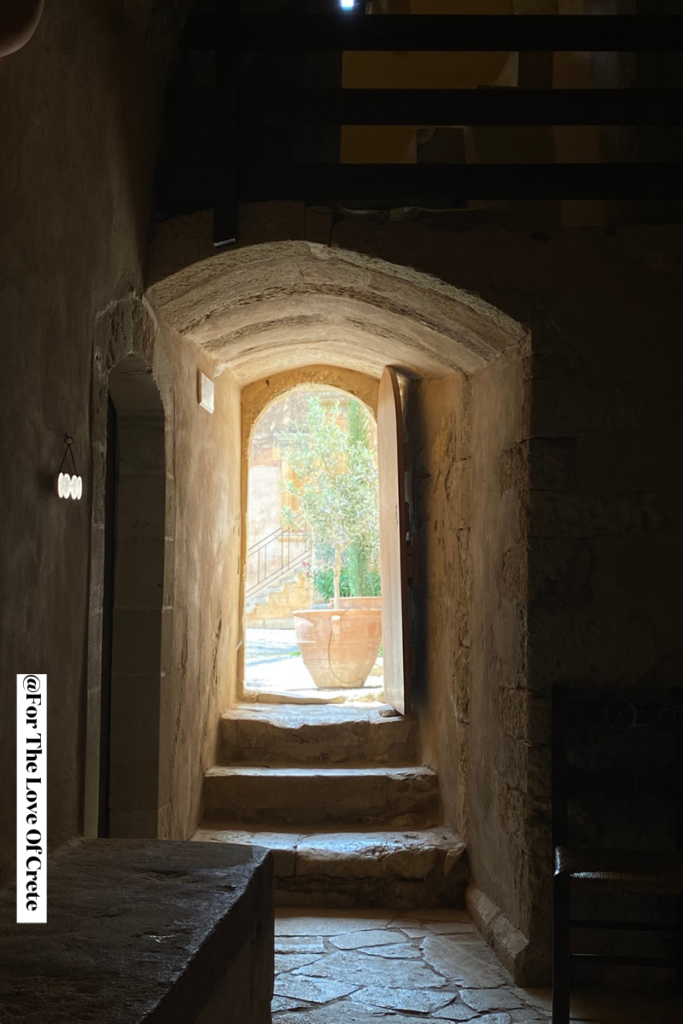
Guided Tours to the Arkadi Monastery
If you’re interested in exploring Arkadi Monastery with expert guidance, several organized tours make it easy to experience this historic site along with other nearby attractions. These tours offer convenient transportation, knowledgeable guides, and well-planned itineraries that maximize your time in central Crete.
- Half-Day Trip to Arkadi Monastery and Melidoni Cave
The popular half-day excursion from Rethymno combines Arkadi Monastery with several other fascinating sites in a convenient 6-hour package. This tour provides an excellent overview of central Crete’s cultural and natural highlights:
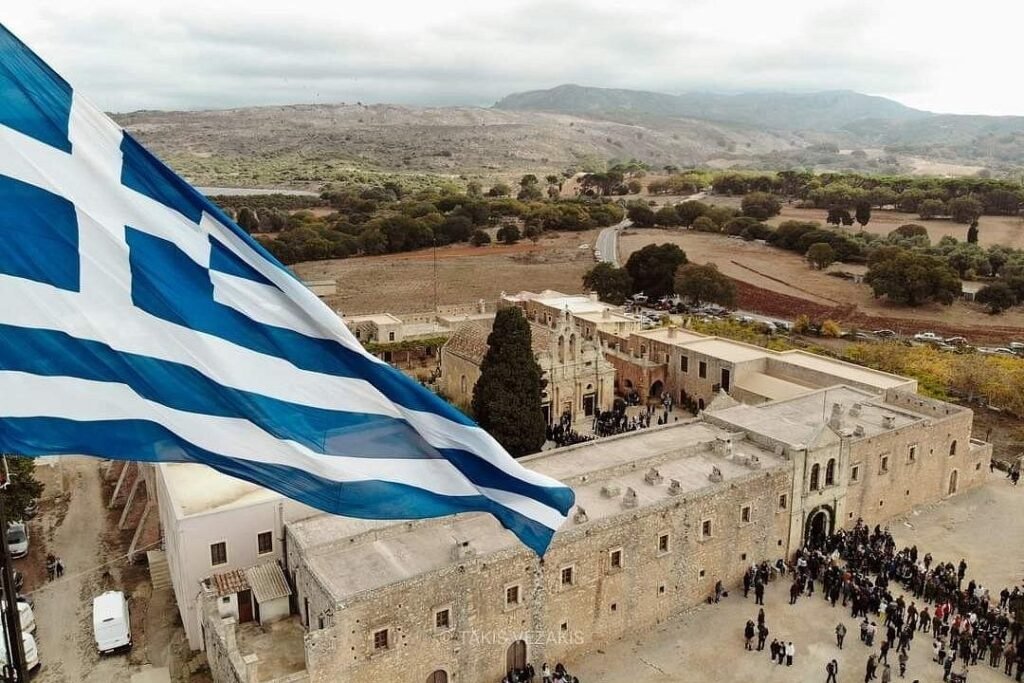
Photo credit: Viator
What to expect:
- Melidoni Cave exploration – Visit this impressive natural wonder with its fascinating stalactites and historical significance
- Traditional pottery demonstration in Margarites village, one of Greece’s premier ceramic centers
- Approximately 2 hours at Arkadi Monastery – Plenty of time to explore the church, museum, grounds, and browse the well-stocked gift shop for religious items and local crafts
- Photo stop at the impressive Fragma Potamon Dam with panoramic views
- Round-trip transportation in air-conditioned luxury buses with hotel pickup and drop-off
Book this 6-hour half-day tour from Rethymno with monastery visit
- Day tour to Arkadi -Margarites-Rethymno city from Chania
For those based in Chania, this comprehensive 10-hour day tour offers an even more extensive journey through central Crete’s cultural landscape:
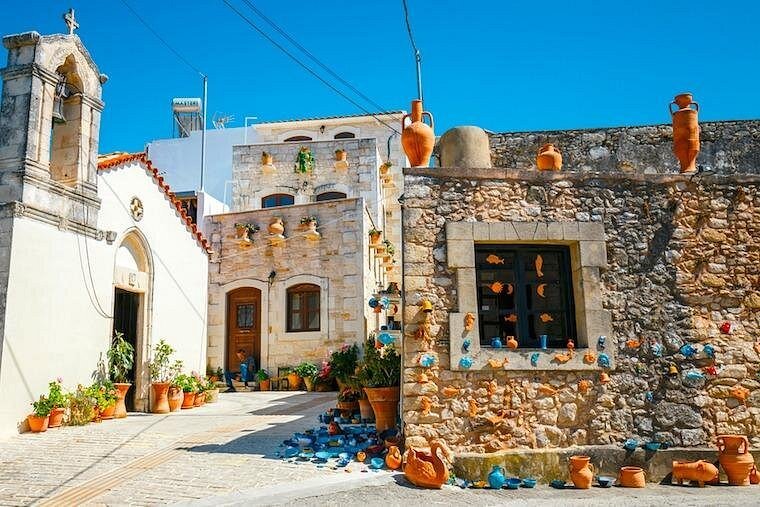
Photo credit: Viator
What to expect:
- One hour at Arkadi Monastery – Enough time to see the key historical sites and learn about its pivotal role in Cretan history
- Visit to Margarites village to observe traditional pottery-making techniques
- Three hours in Rethymno – Explore this charming Venetian harbor town with its fortress, old town, and excellent dining options
- Expert commentary on Cretan history, culture, and traditions
- Comfortable air-conditioned transportation throughout the day
Book this 10-hour full-day tour from Chania including Arkadi Monastery
Both tour options make visiting Arkadi Monastery straightforward and enriching, especially for first-time visitors to Crete who want to understand the historical context that makes this site so significant to Cretan identity.
Conclusion
Arkadi Monastery stands as a timeless symbol of Cretan courage, faith, and cultural identity that continues to move visitors centuries after its most dramatic moments. As you walk through its Renaissance-inspired entrance, run your fingers along bullet-scarred walls, or stand silently in the shadow of its ancient cypress, you’re not just observing history—you’re experiencing it. Whether you’re interested in history, architecture, spirituality, or simply connecting with the authentic soul of Crete, Arkadi Monastery offers an experience that will stay with you long after you’ve returned home. I encourage you to visit this remarkable sanctuary and discover your own personal connection to one of Greece’s most inspiring monuments.
This post contains affiliate links, which means I may earn a commission if you click and make a purchase at no additional cost to you.
Further reading:
9 Local Crafts in Crete That Showcase Its Artistic Heritage (And Where to Experience Them)
